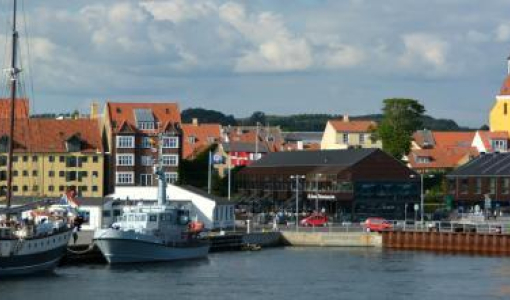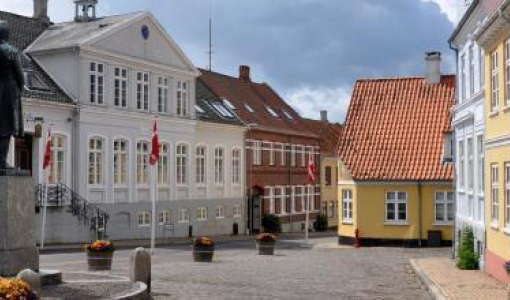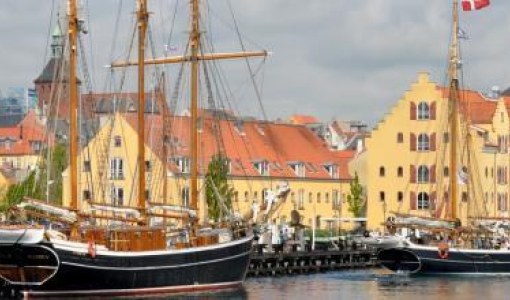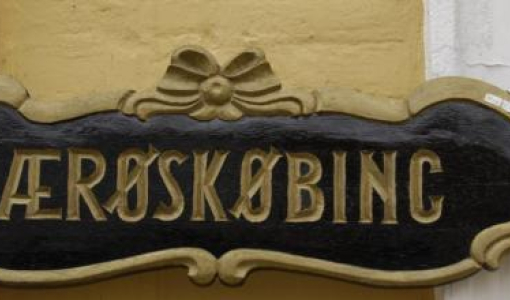-

- Cultural Enviroments
- Svendborg

Svendborg
Throughout history, many a ship as well as shipping companies have called Svendborg their home. On the harbour front, you will find Maritimt Center Danmark (The Danish Maritime Centre), which organises sailing trips on some of the proud ancient wooden ships still used in the Archipelago.
Svendborg is the second largest city on Fyn, and has managed to preserve its old city centre with small winding streets, cosy squares and courtyards. Svendborg’s history goes back to the 12th century; a castle was established next to the strait, and then a small fishing hamlet grew around it. In the 13th century, Svendborg became a town called Swineburg – quite literally the pig castle, named so because of the many wild boars living within the castle walls. As early as the Middle Ages, Svendborg was an important town for crafts and trade; all being based on the town’s primary industry – shipping. Svendborg was granted market town privileges in 1253 and afterwards became an important market town with great access to the sea.
The history of Svendborg has been characterised by ravages, fires and pillages as well as devastation by the plague. After the Dano-Swedish wars in the 17th century, emigration continued, and in 1672 Svendborg had a population of only 1,000. It was to be as late as the 19th century, before the city began to prosper again.
Svendborg is a cosy market town, and in 2008, it became a certified Cittaslow town. The Cittaslow movement is about applying the philosophy of “Slow Food” to other parts of life as well – and to the governance of the city. The goal is to increase the quality of life by promoting values such as quality, sustainability and locally produced ingredients.
For more information about Svendborg, visit: www.visitsvendborg.dk



